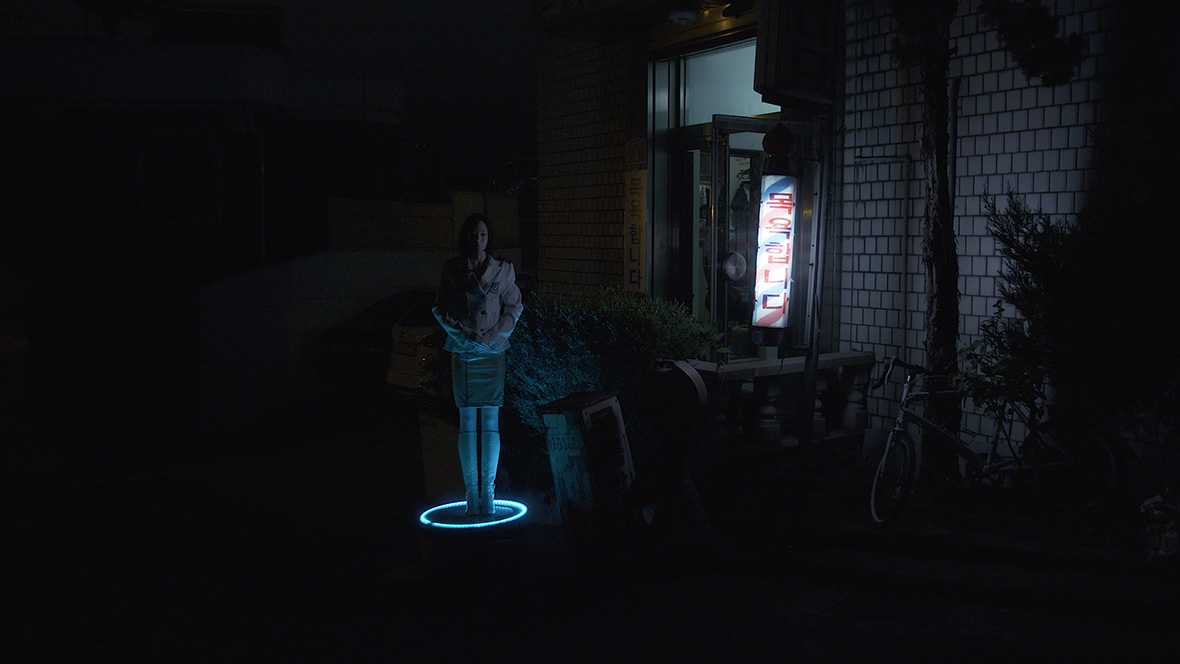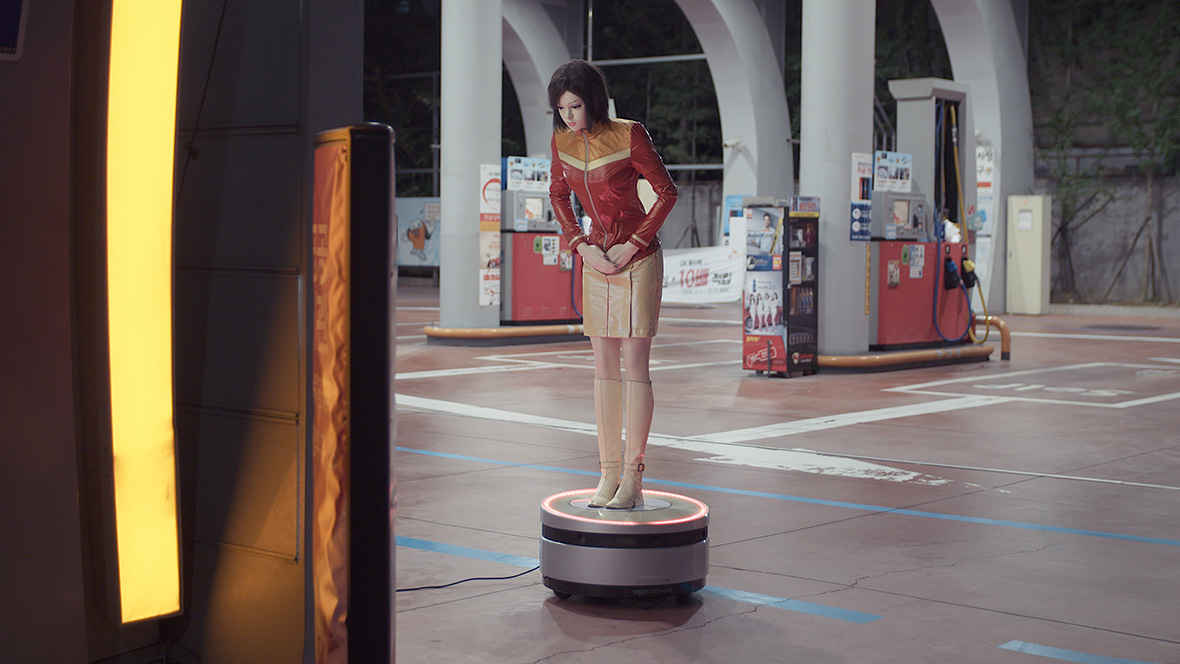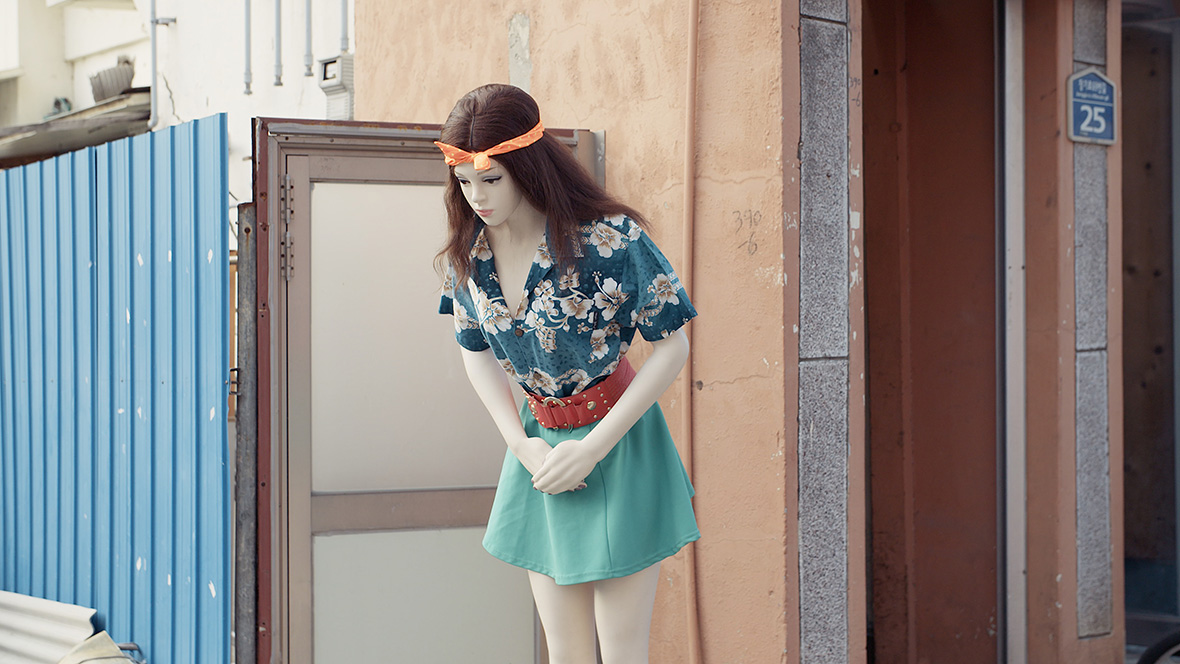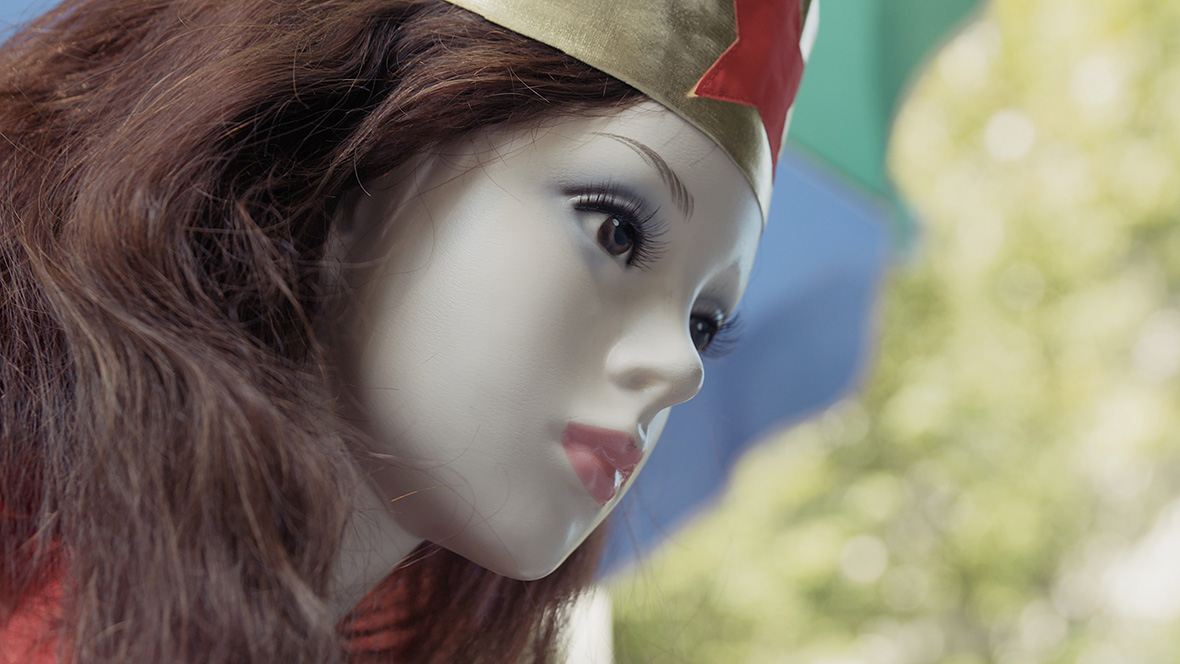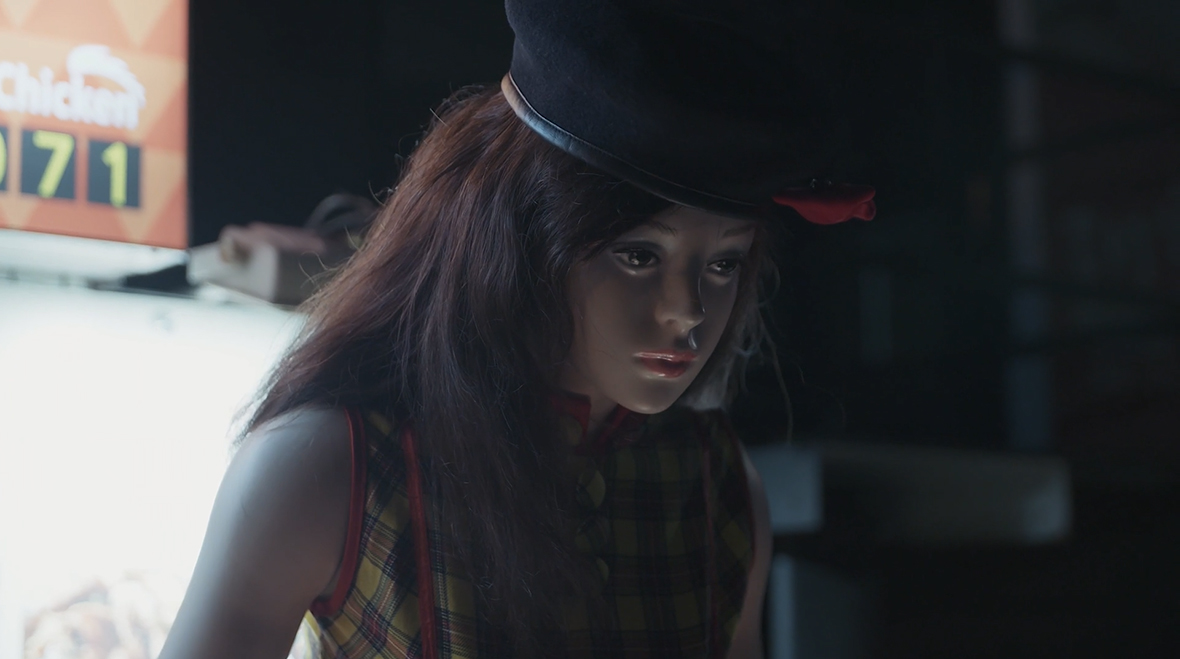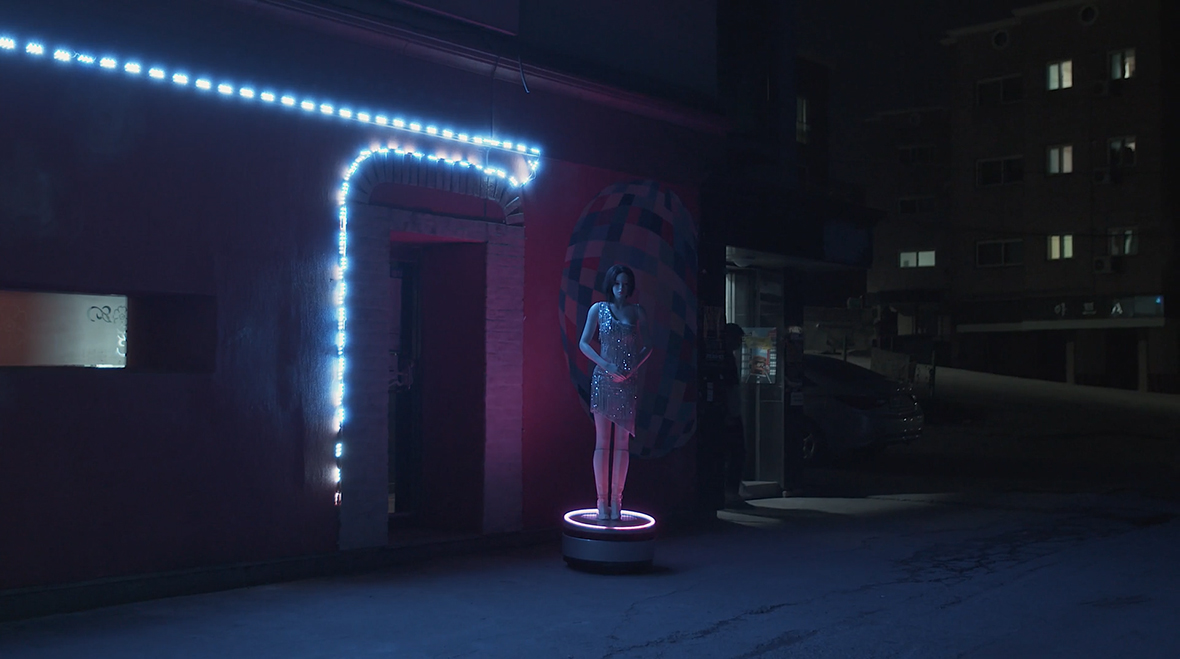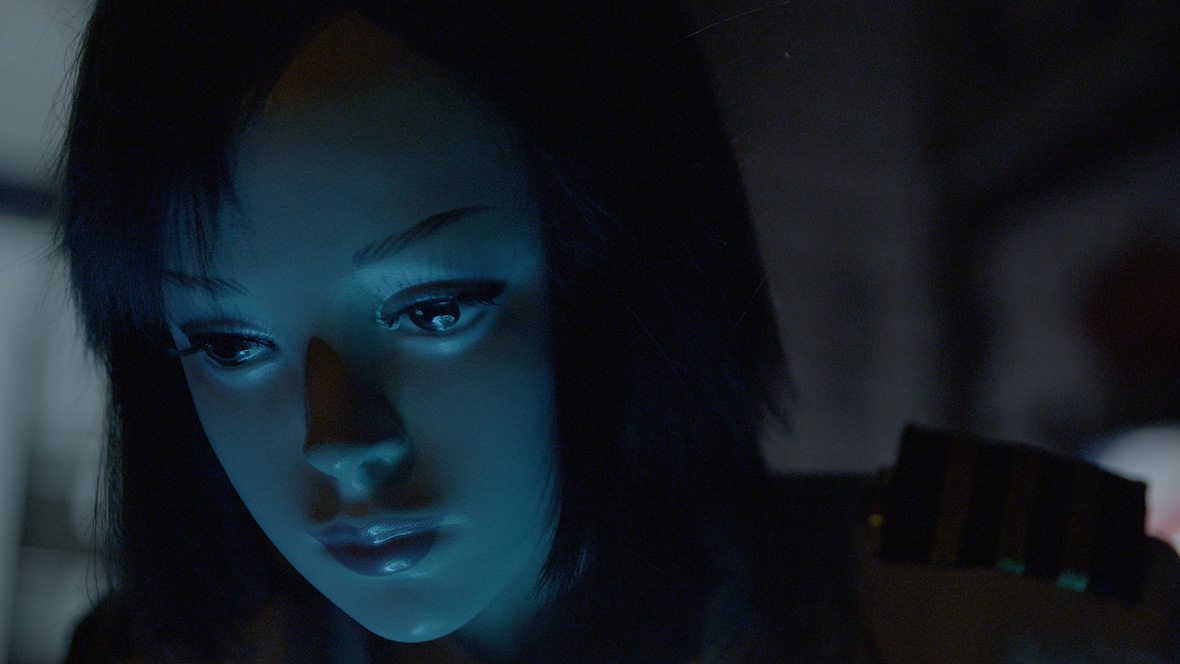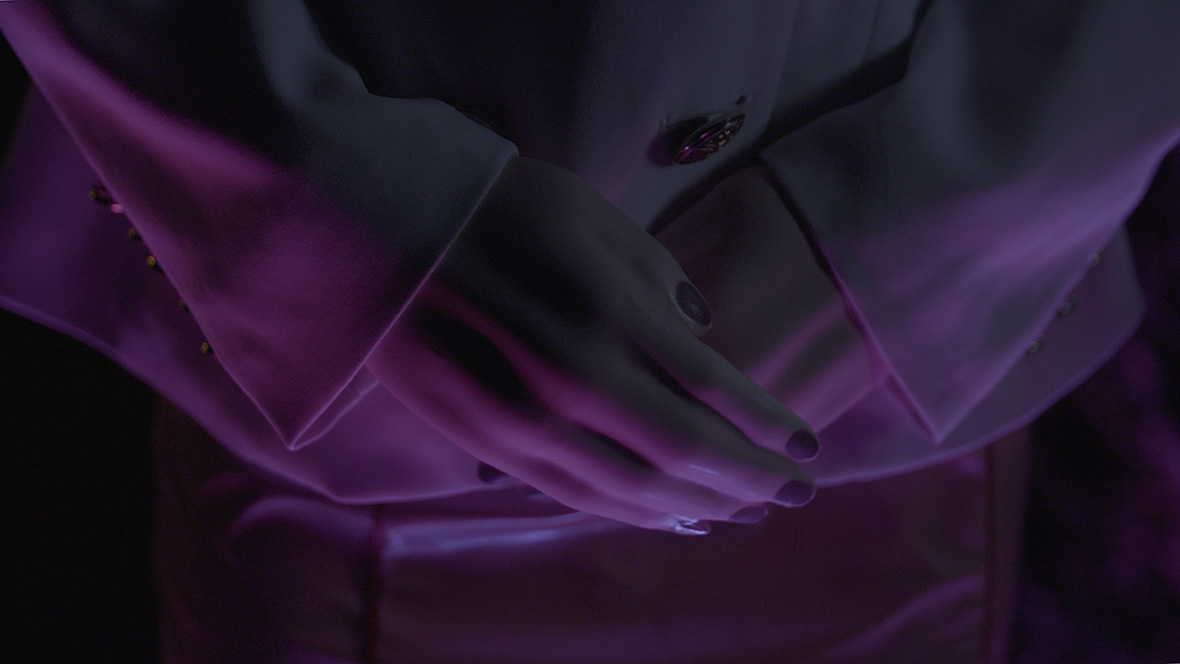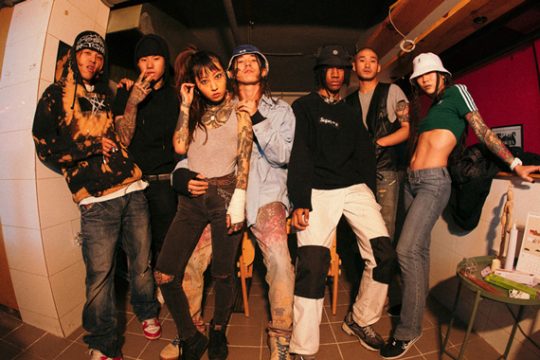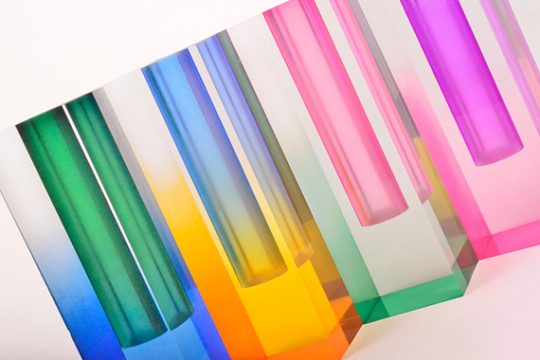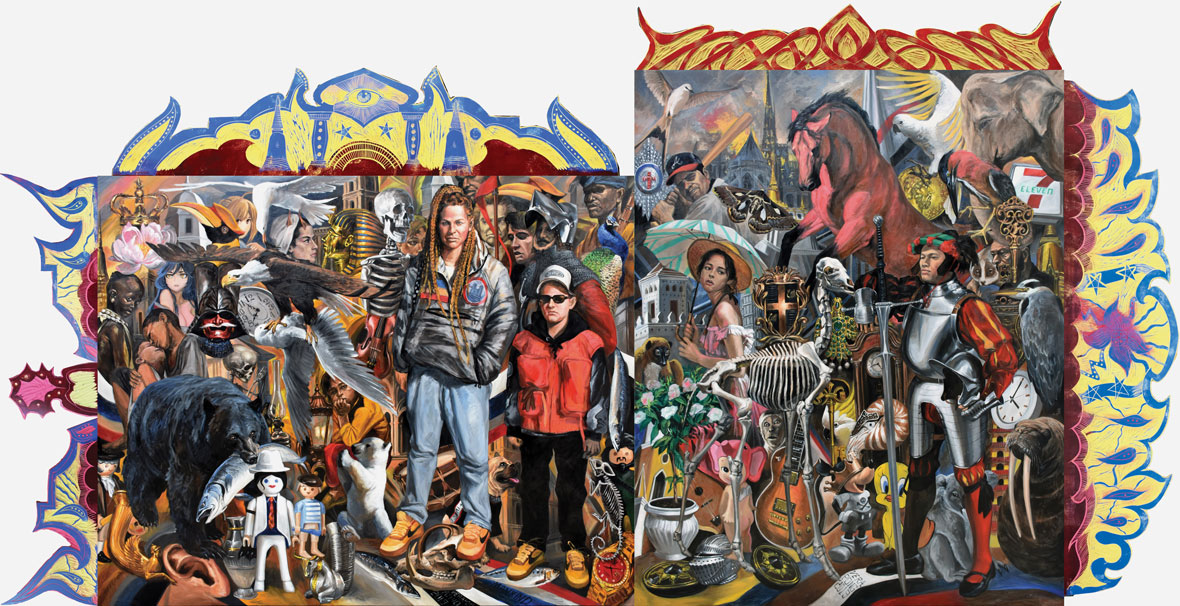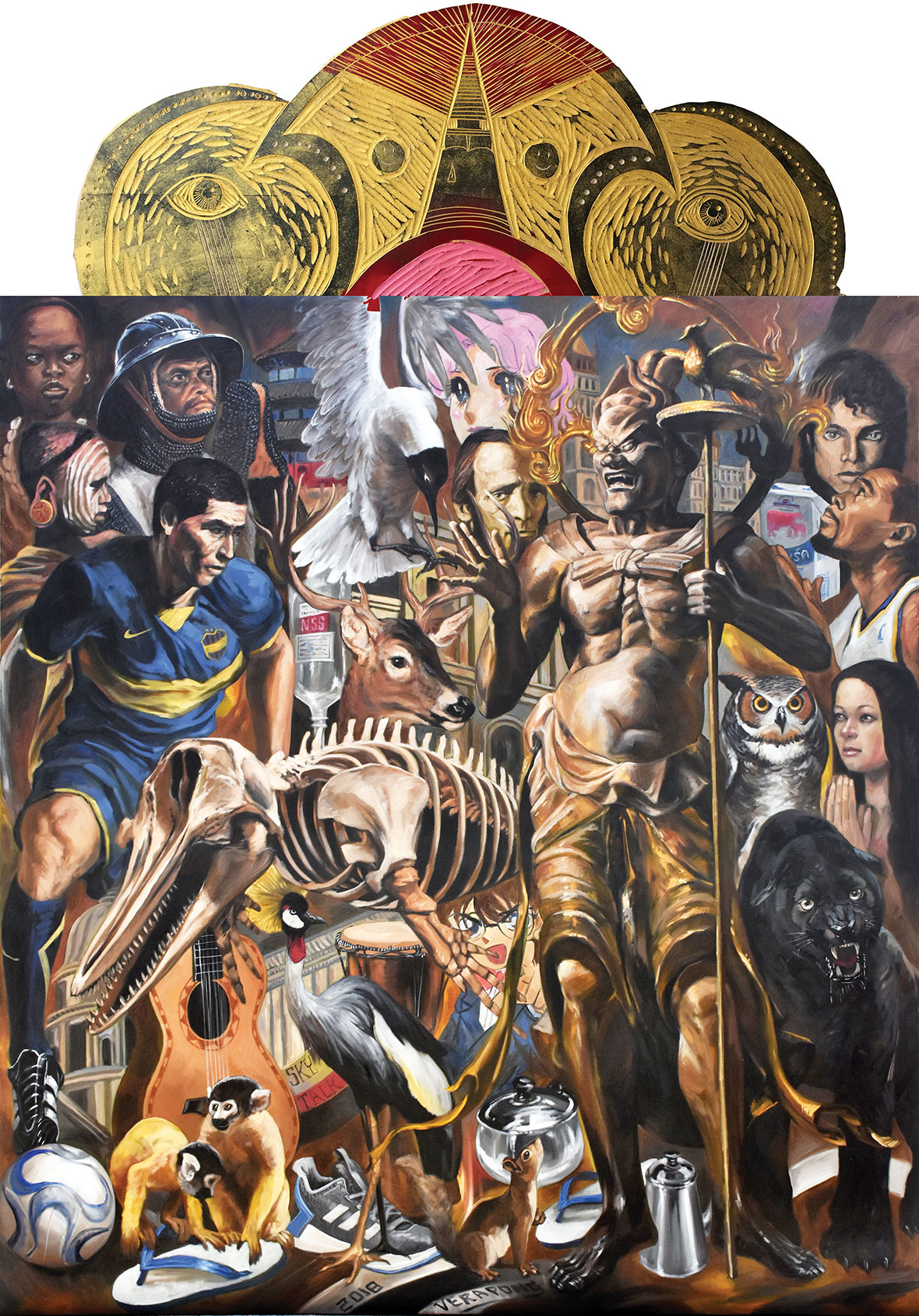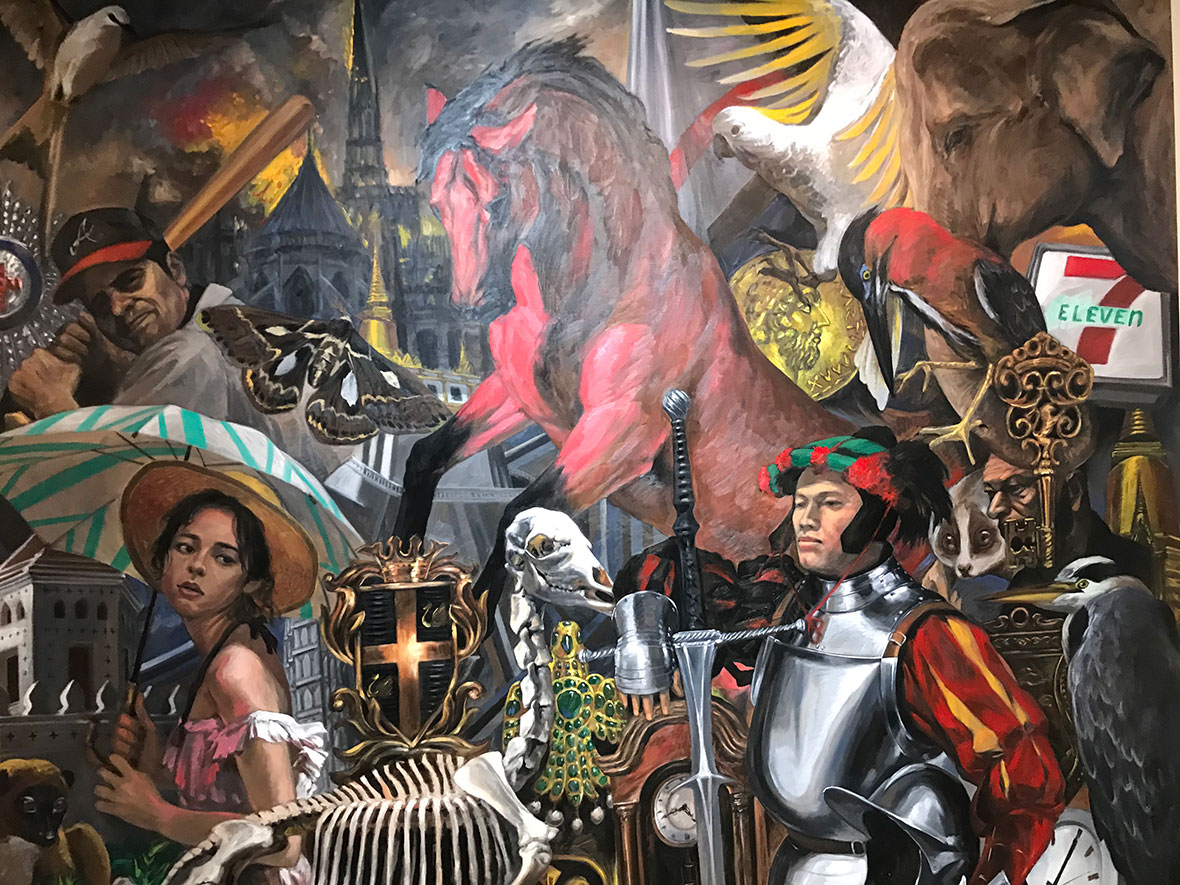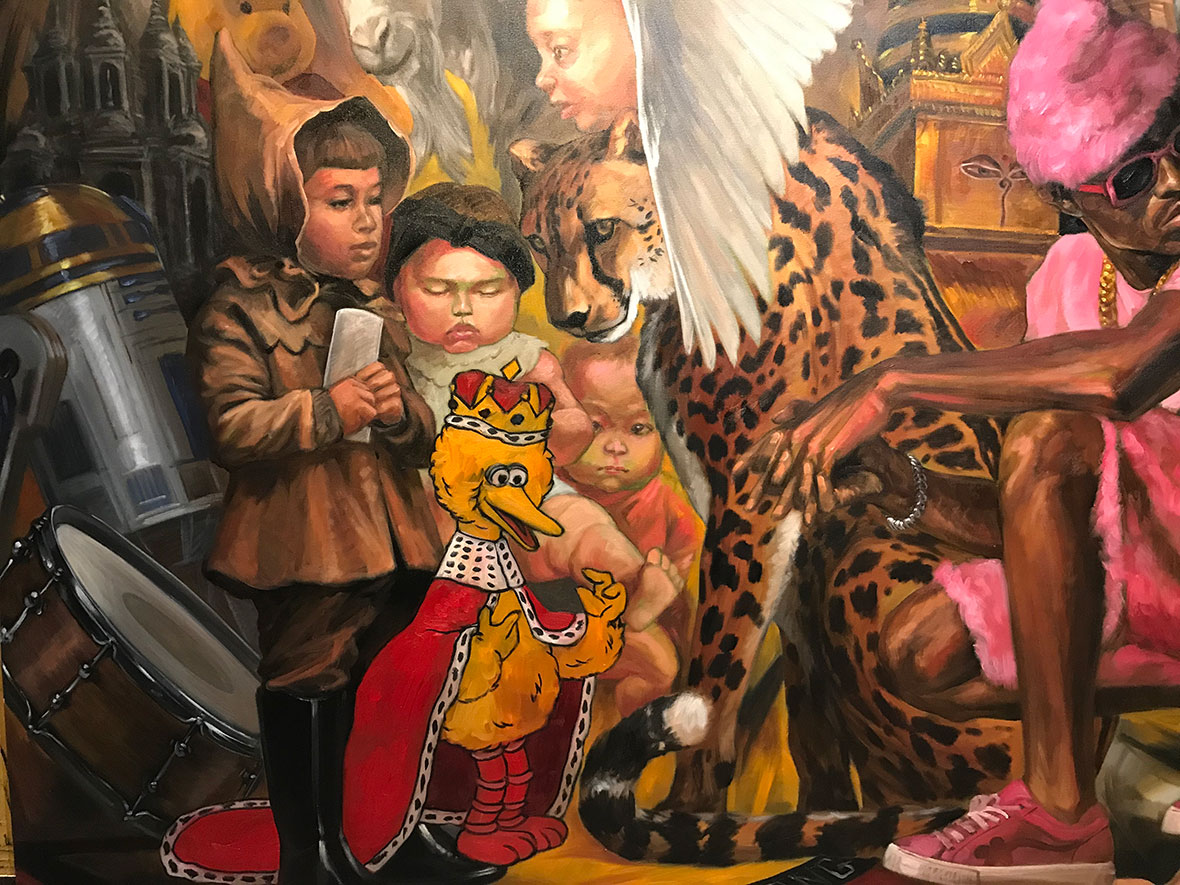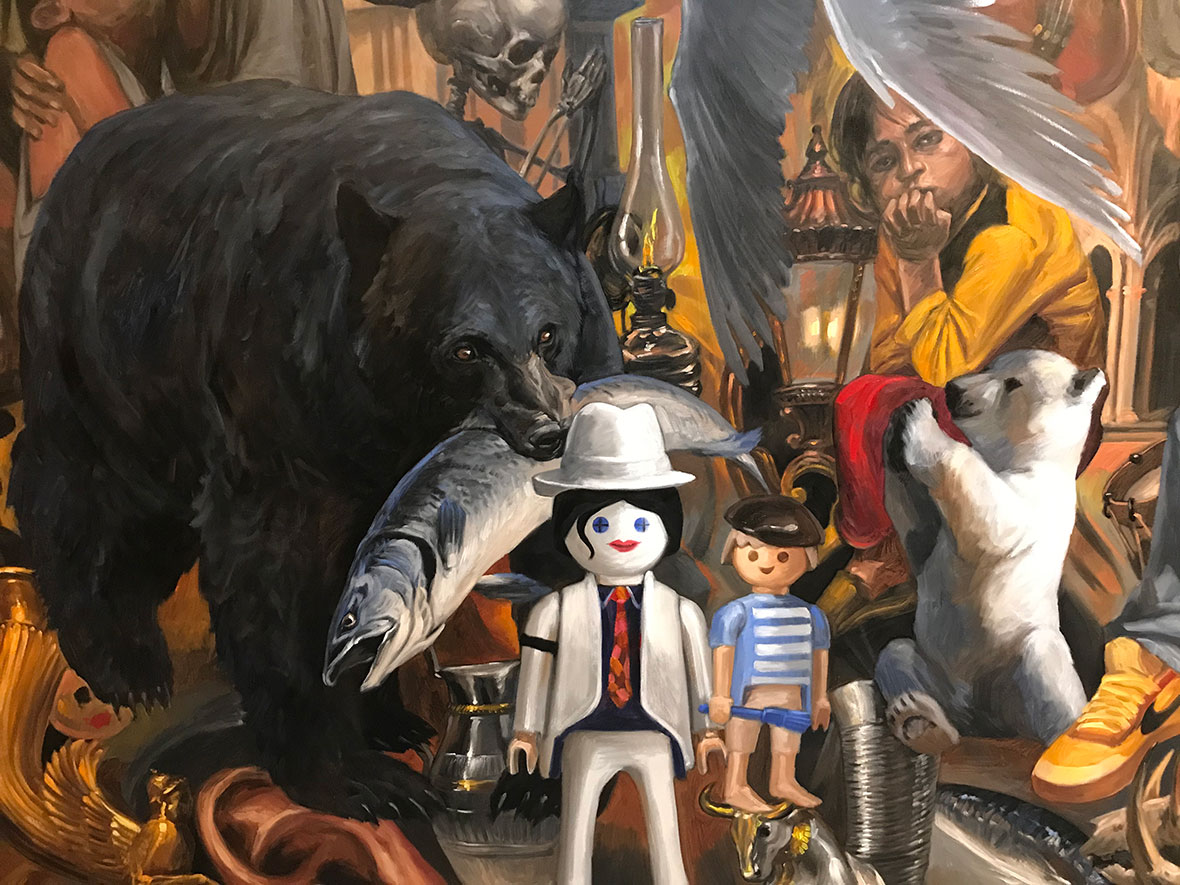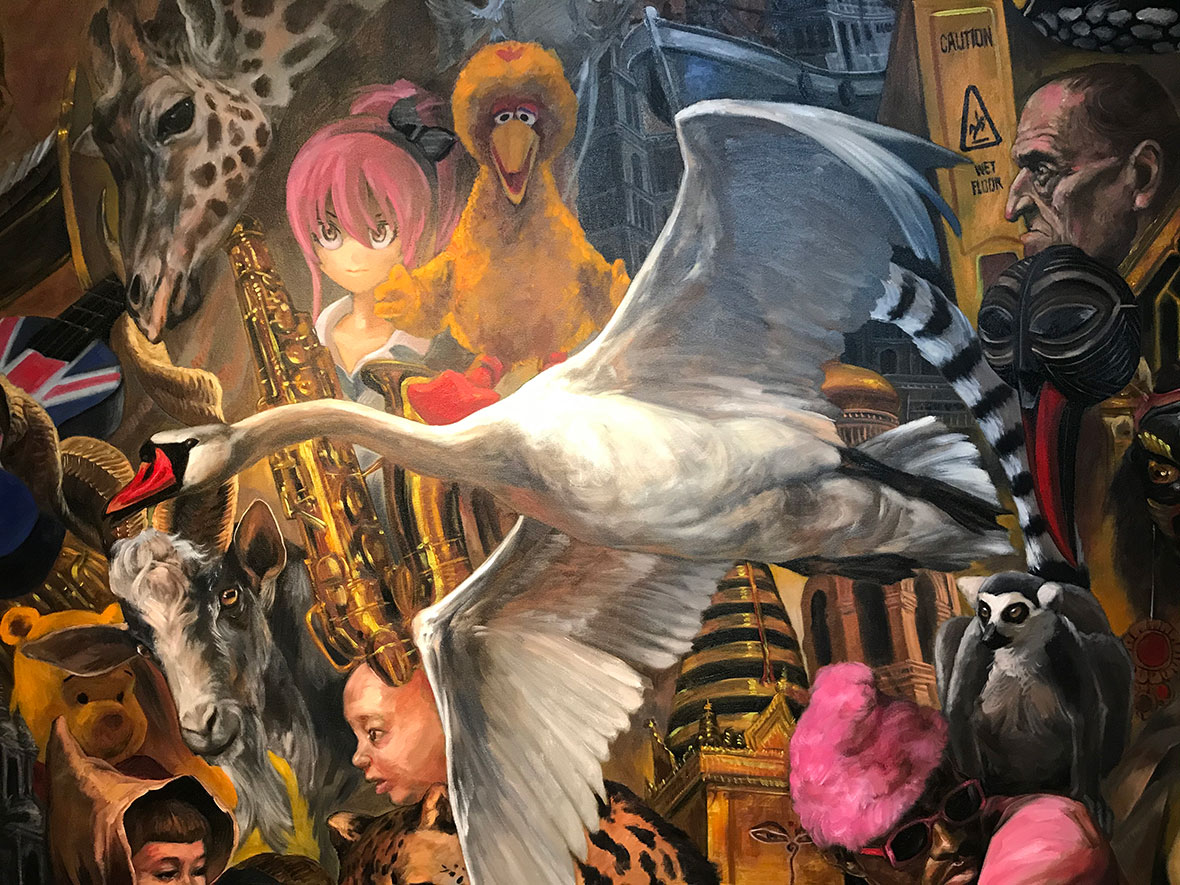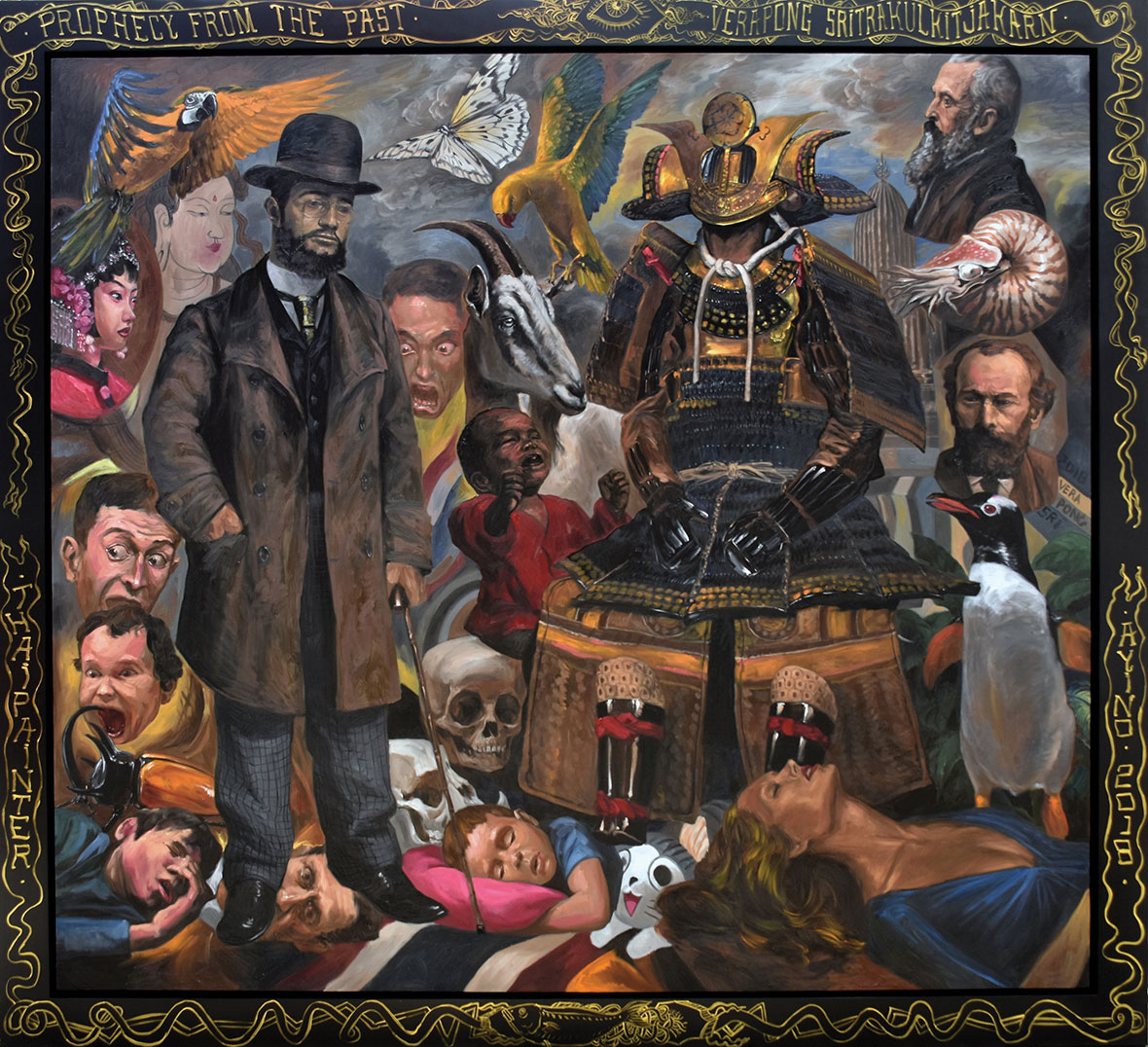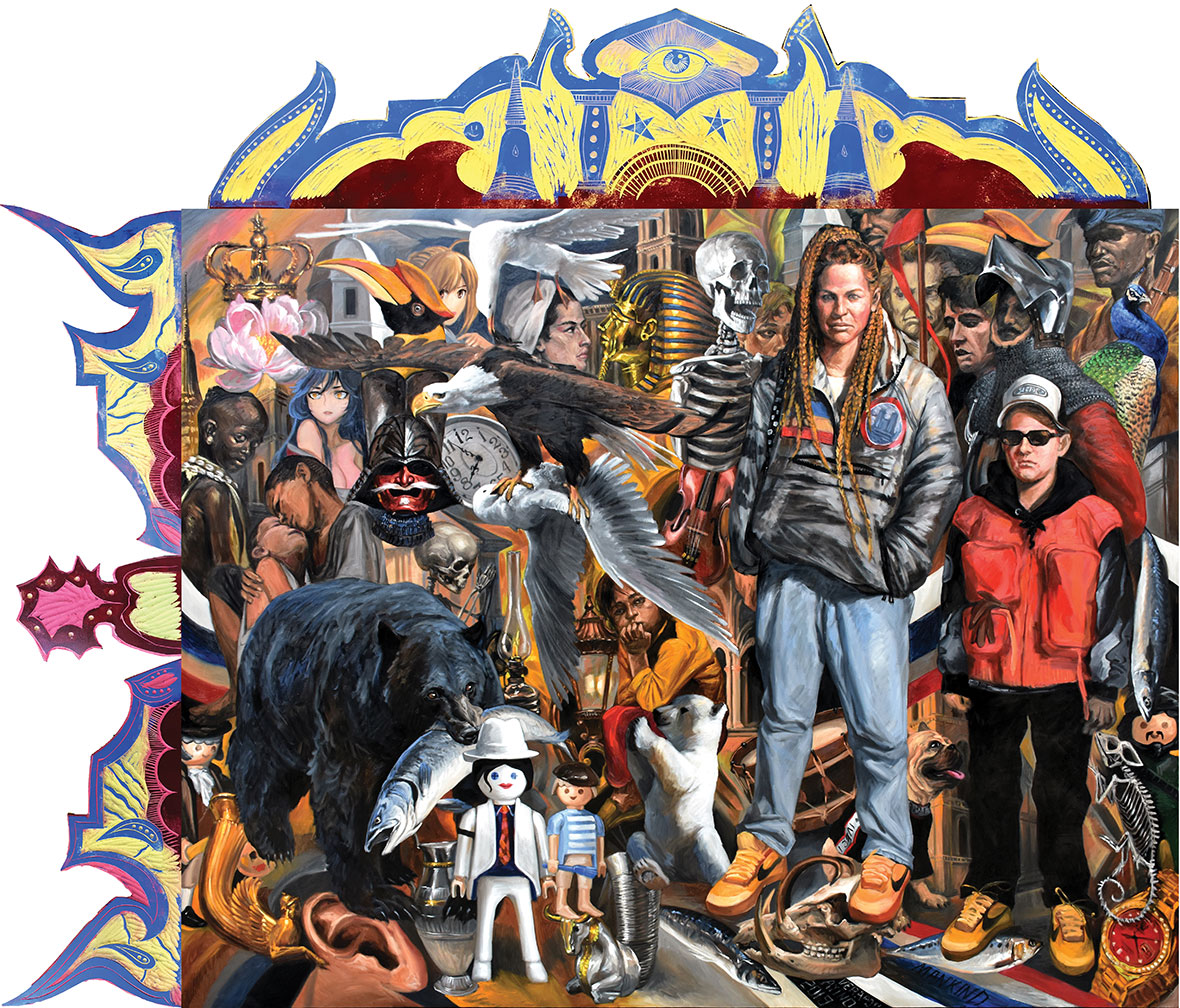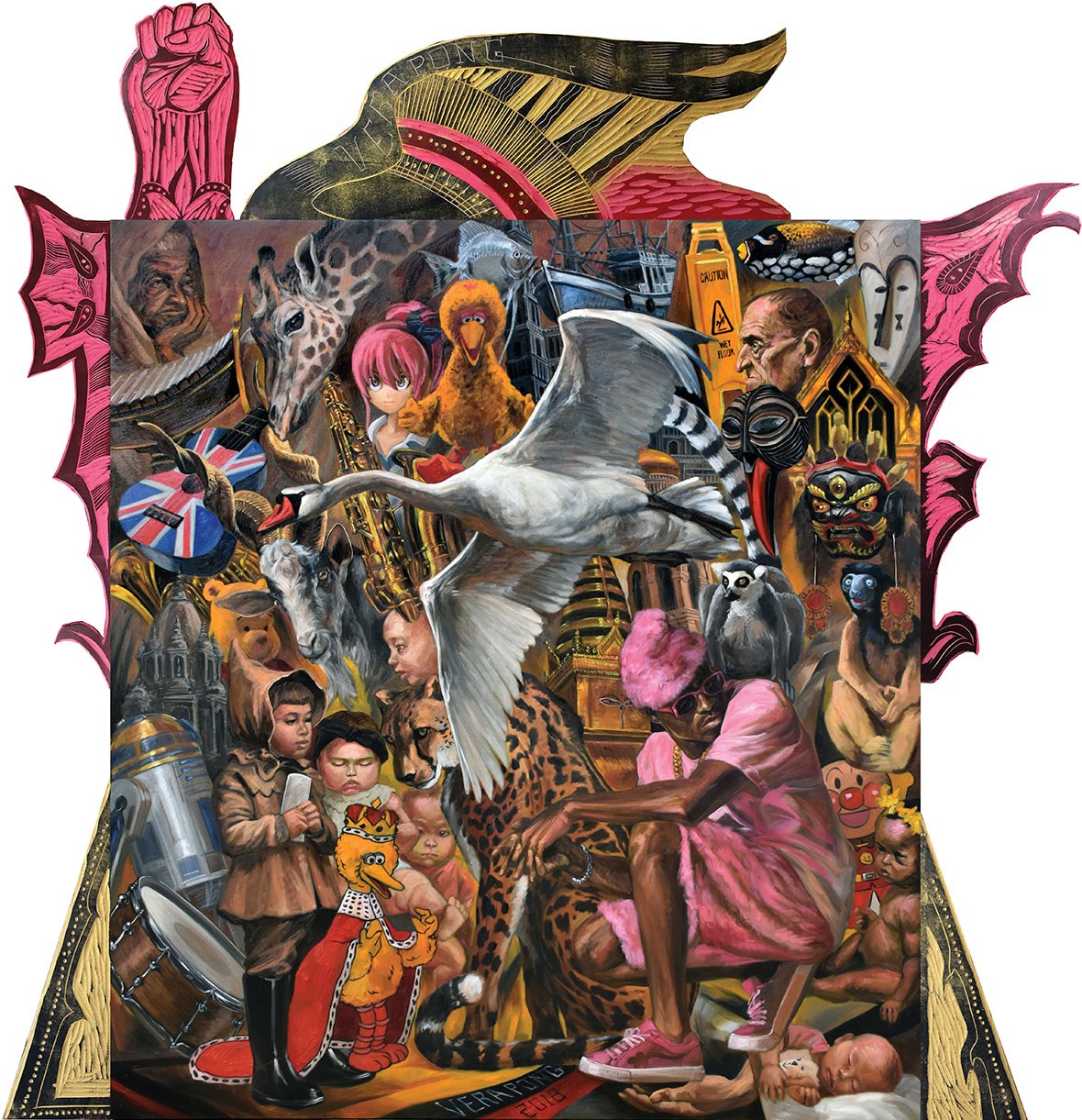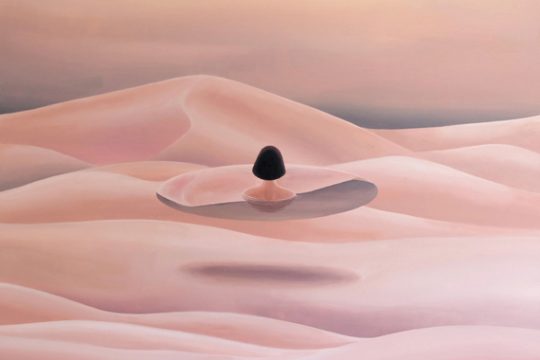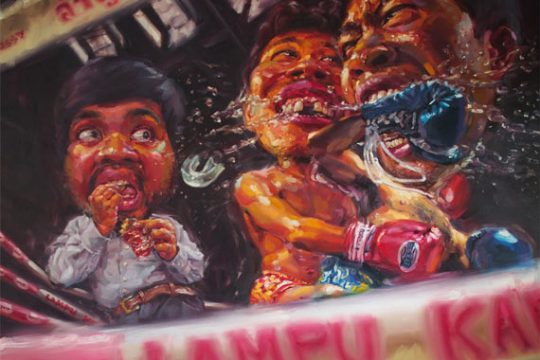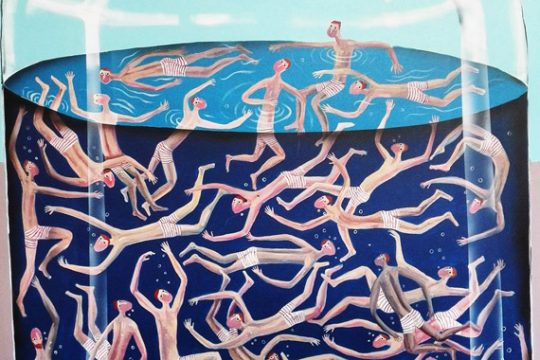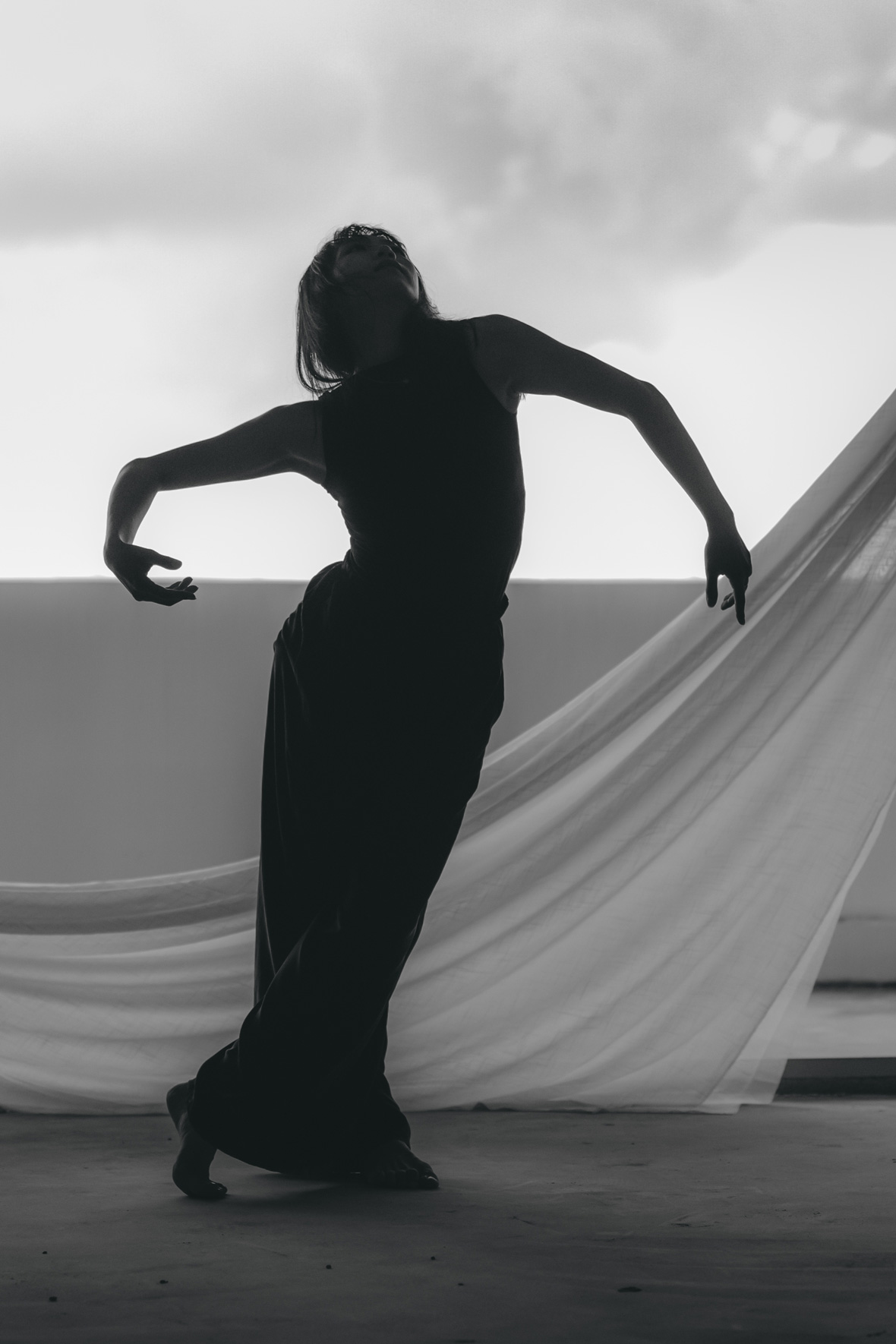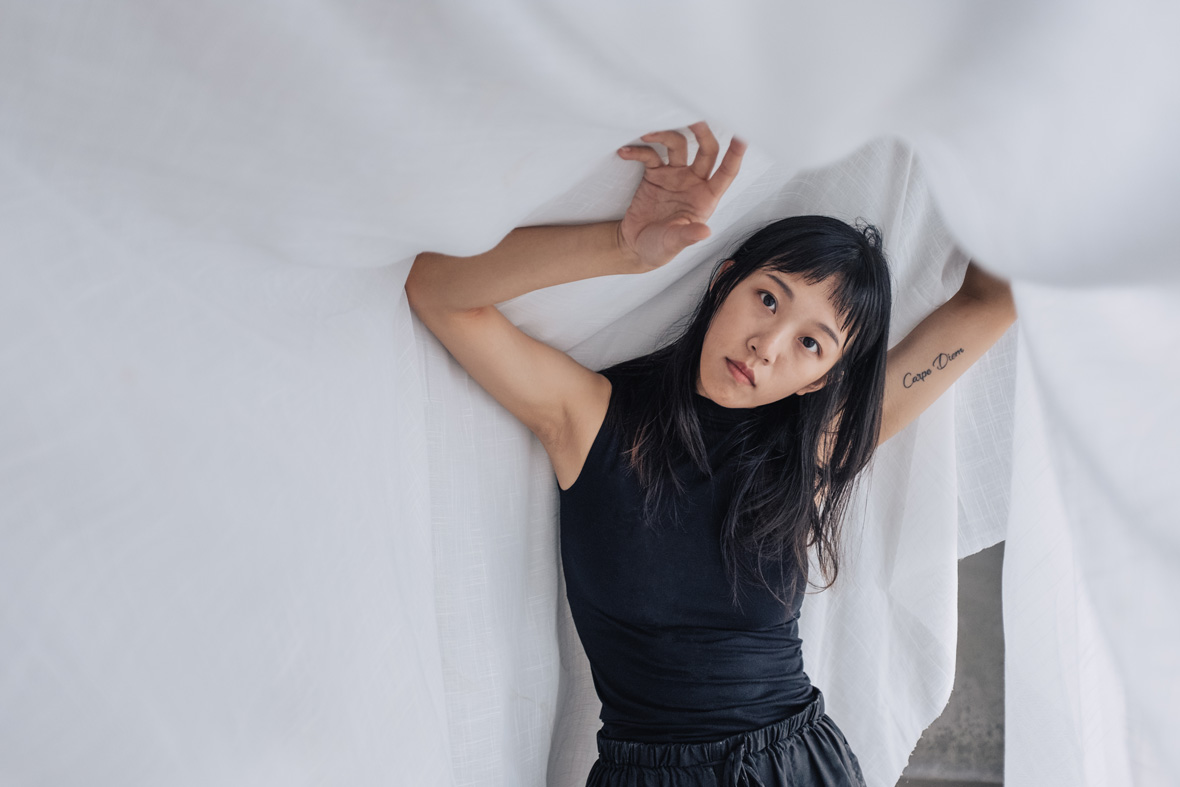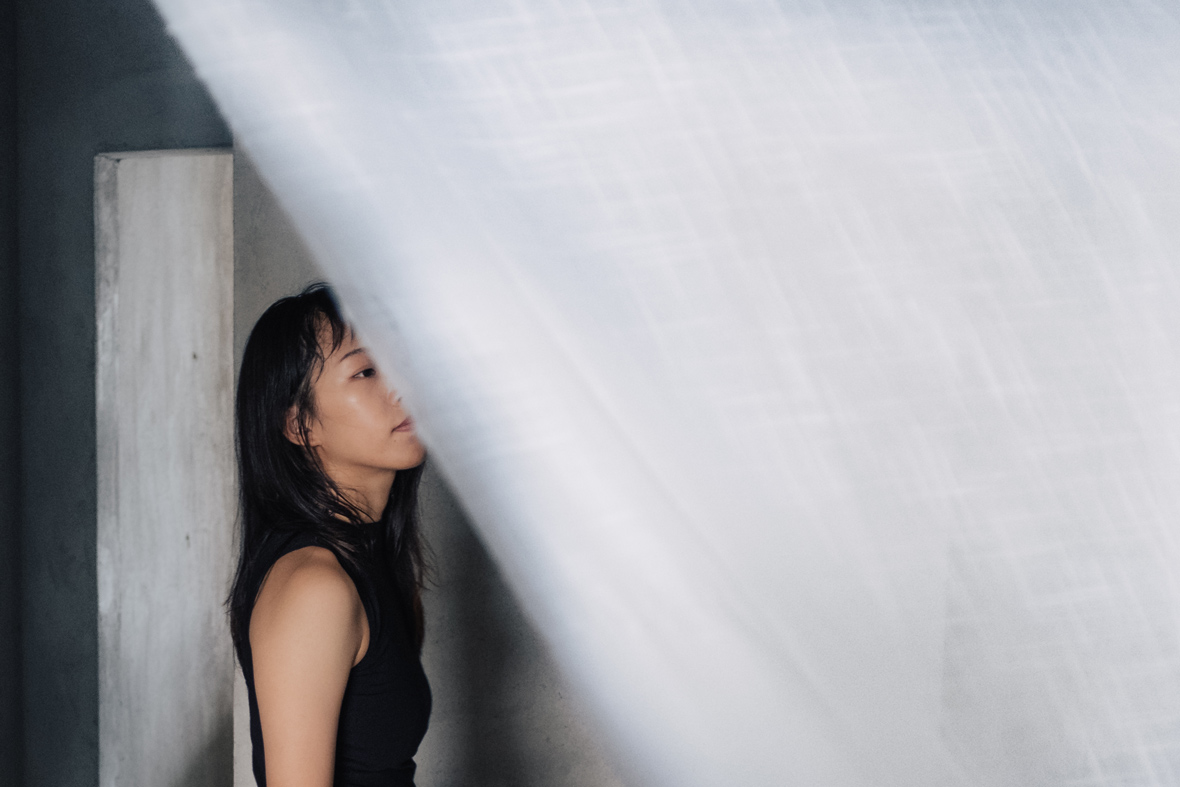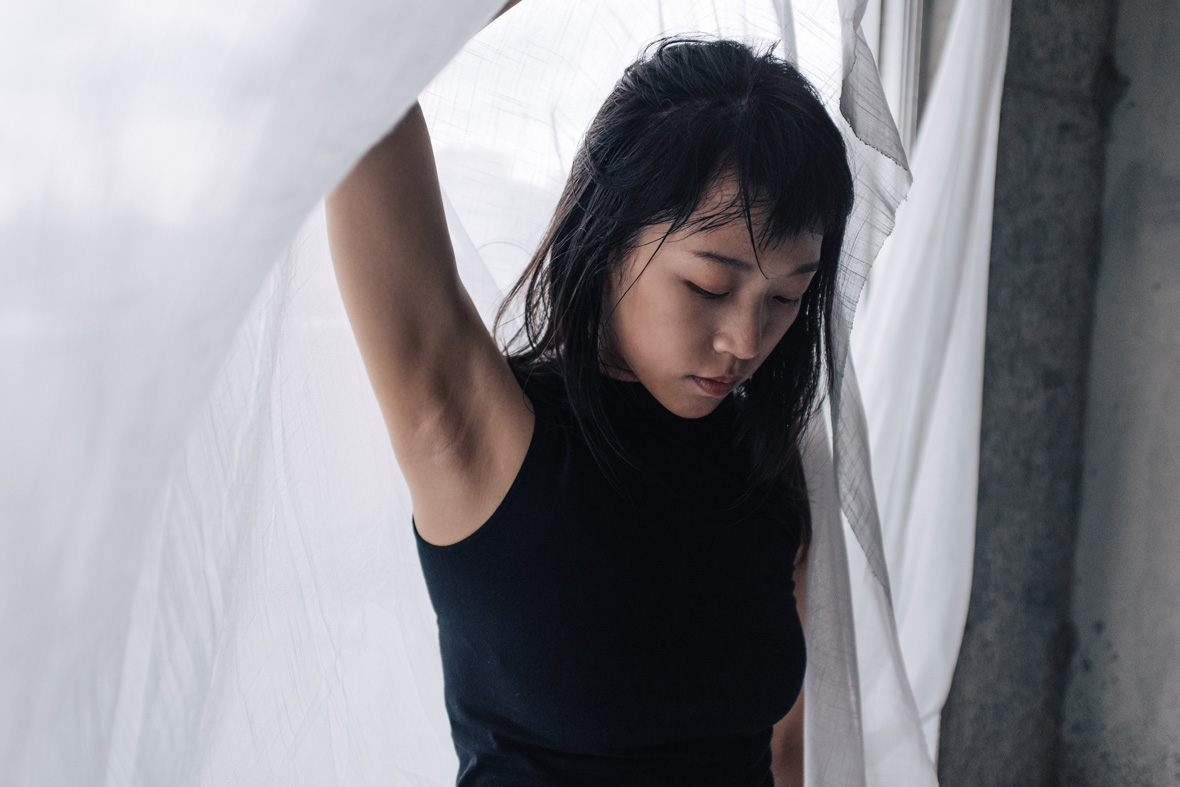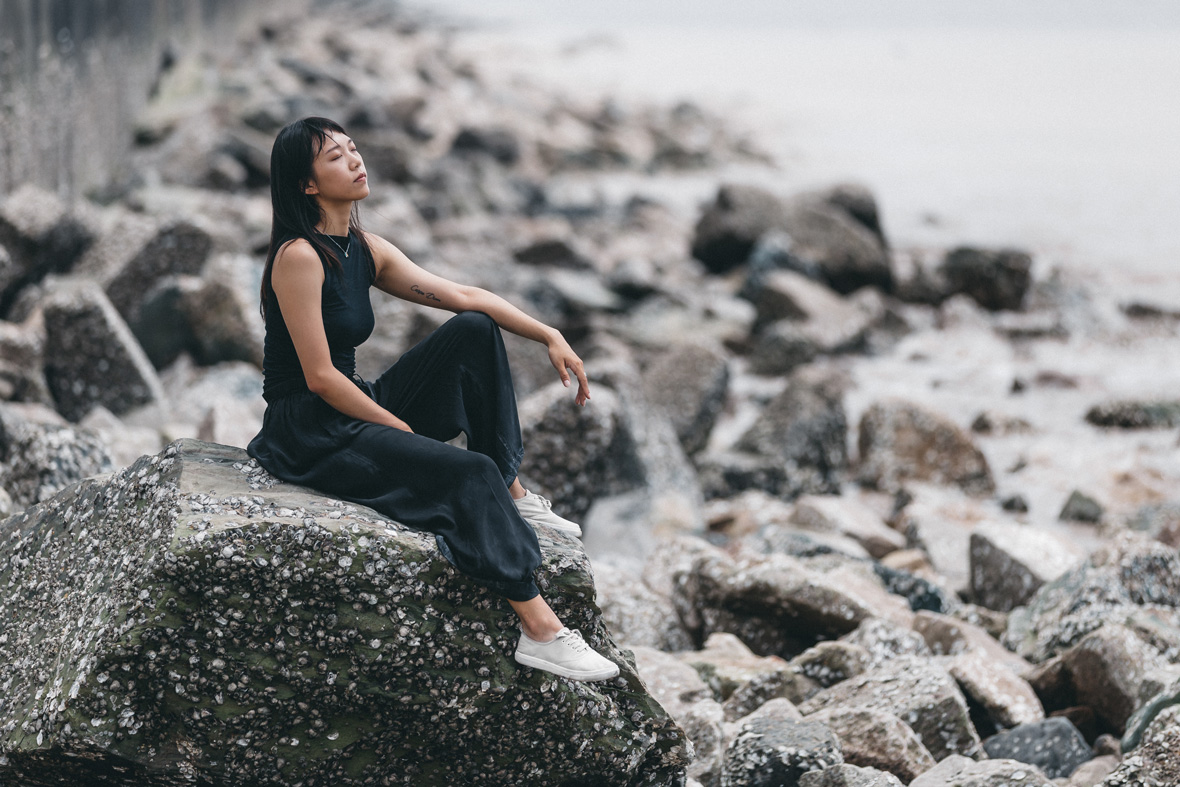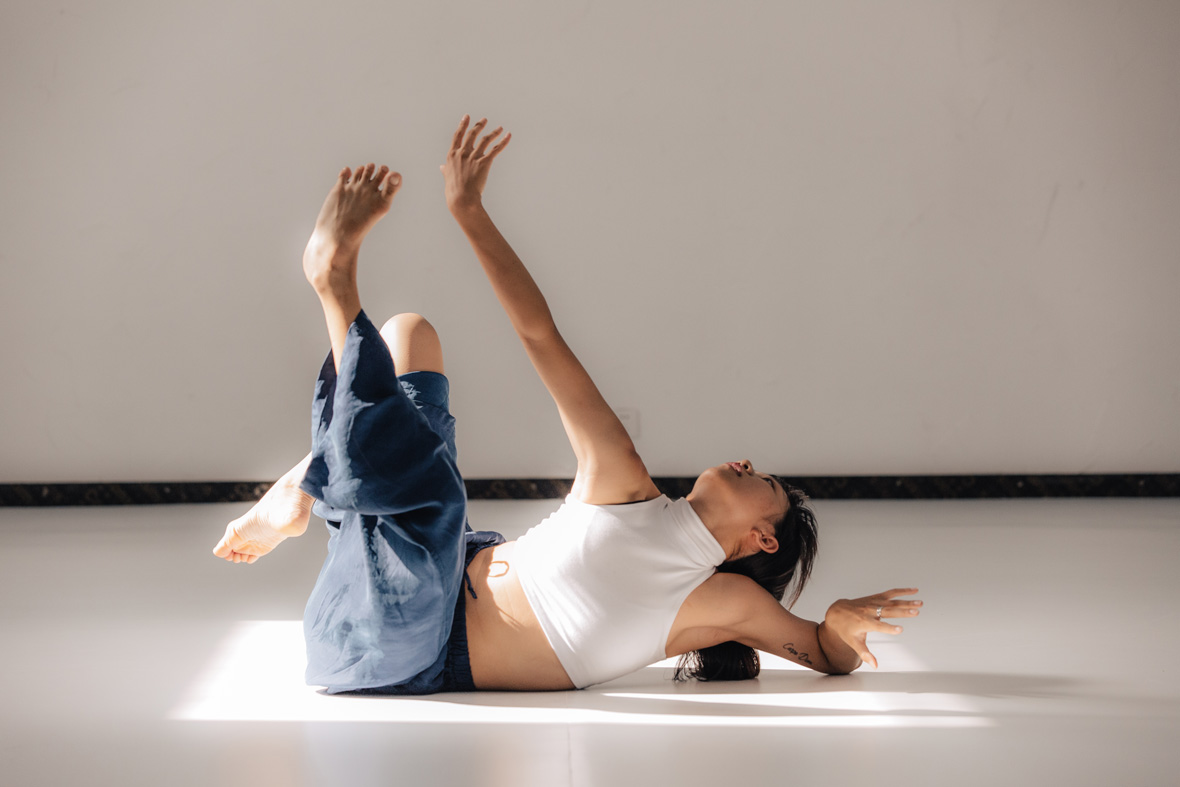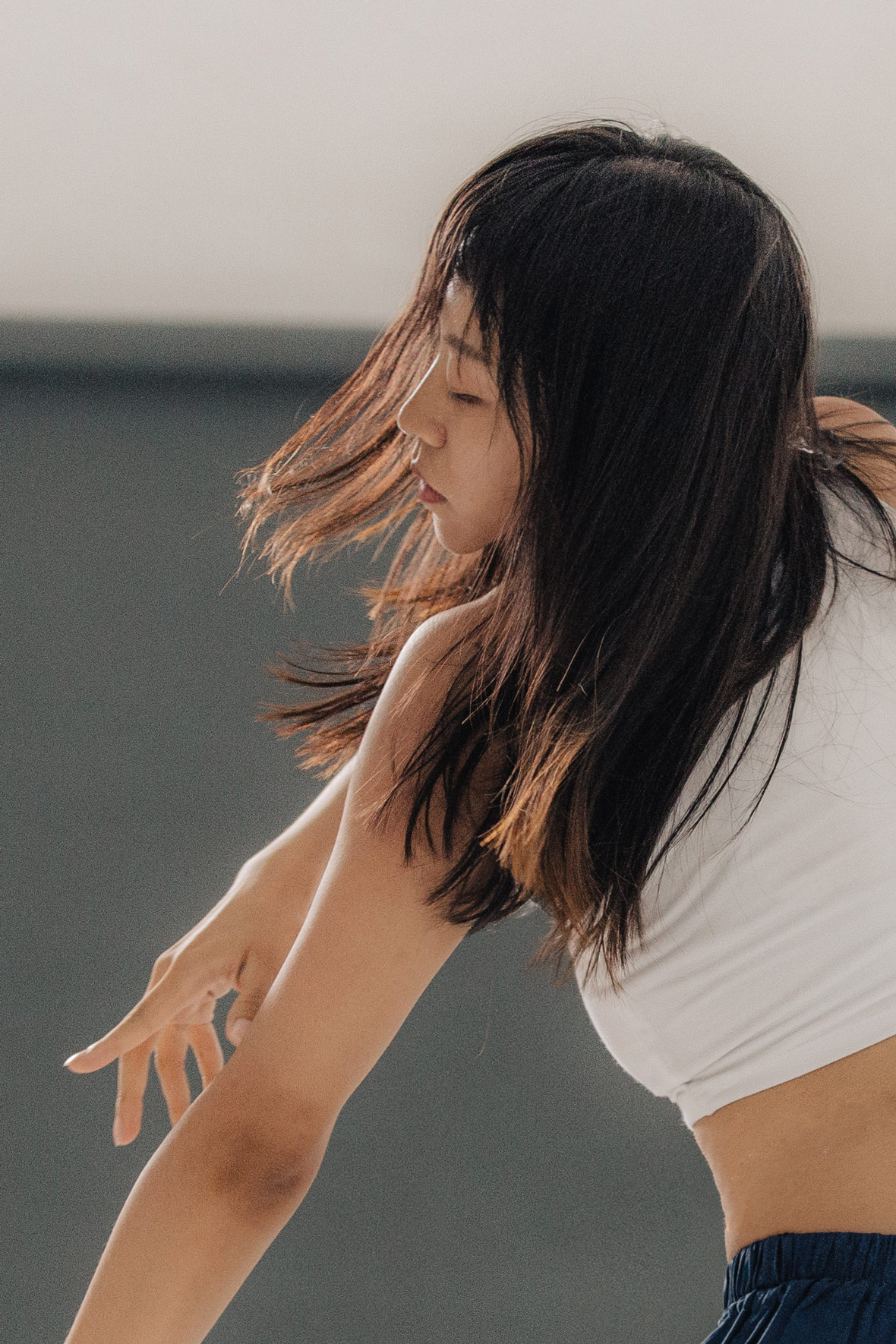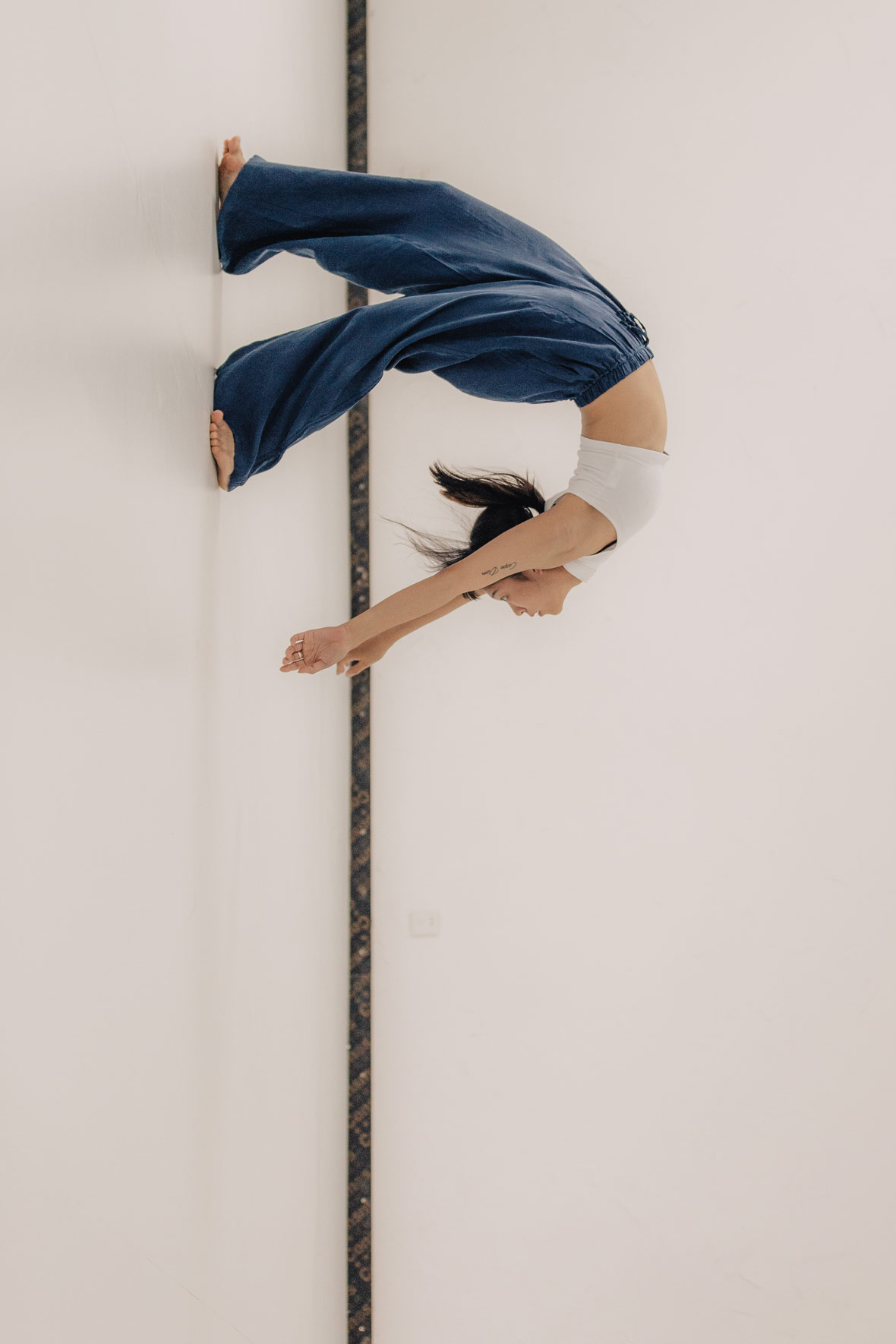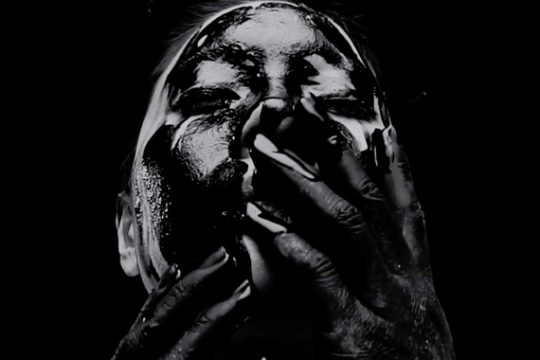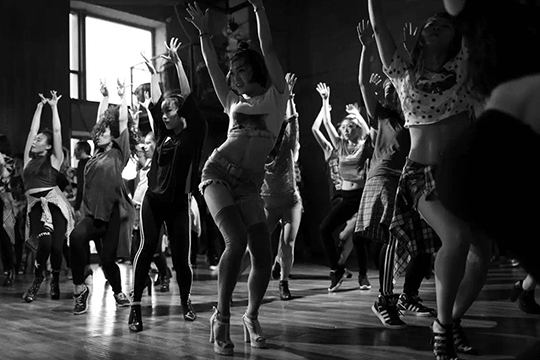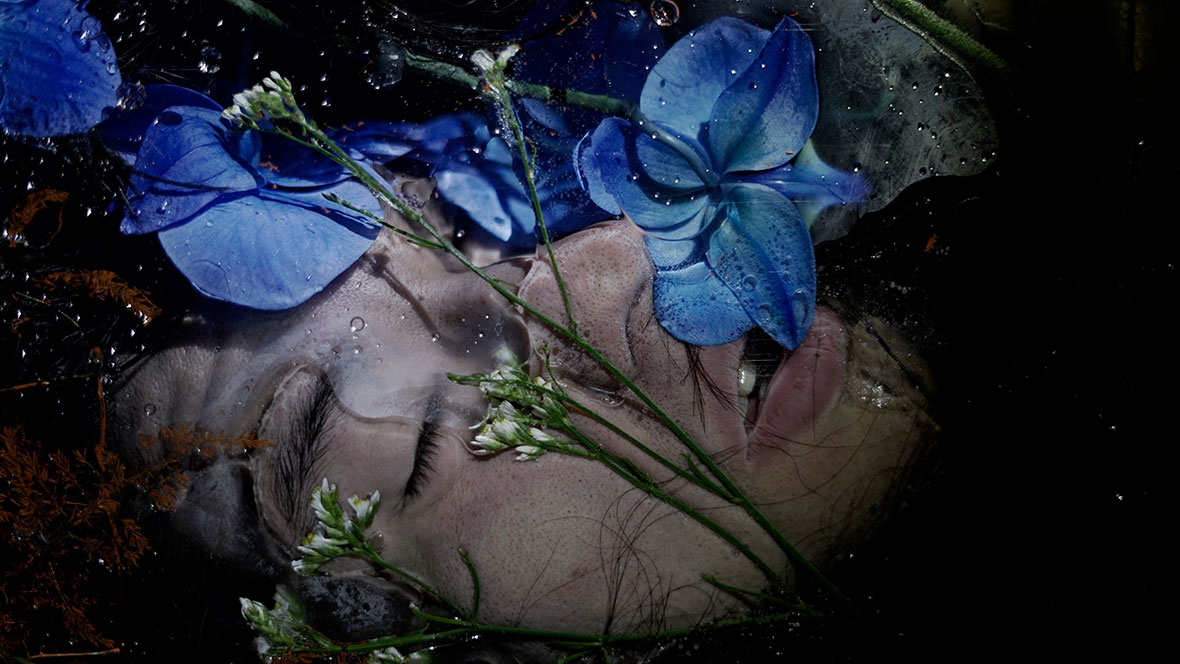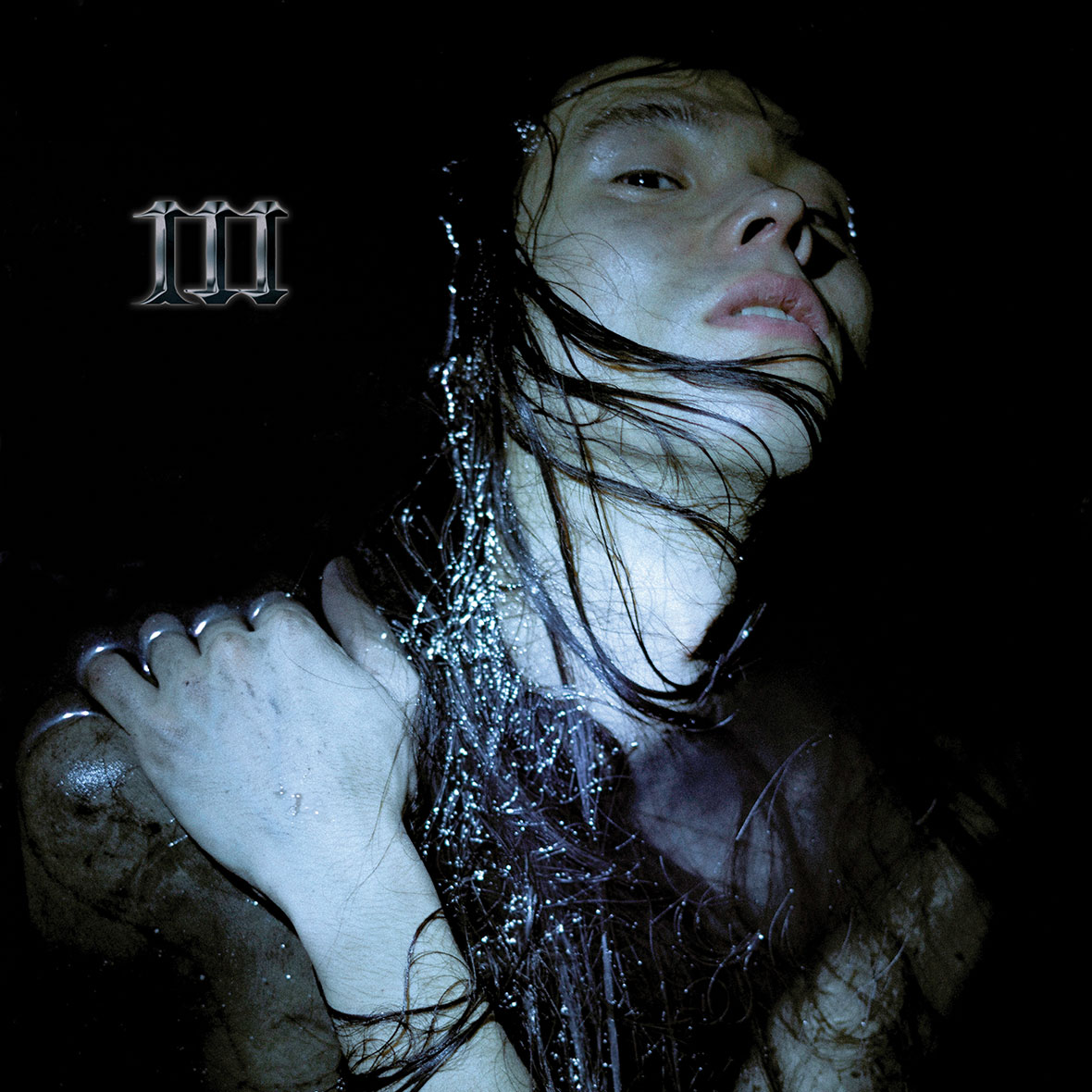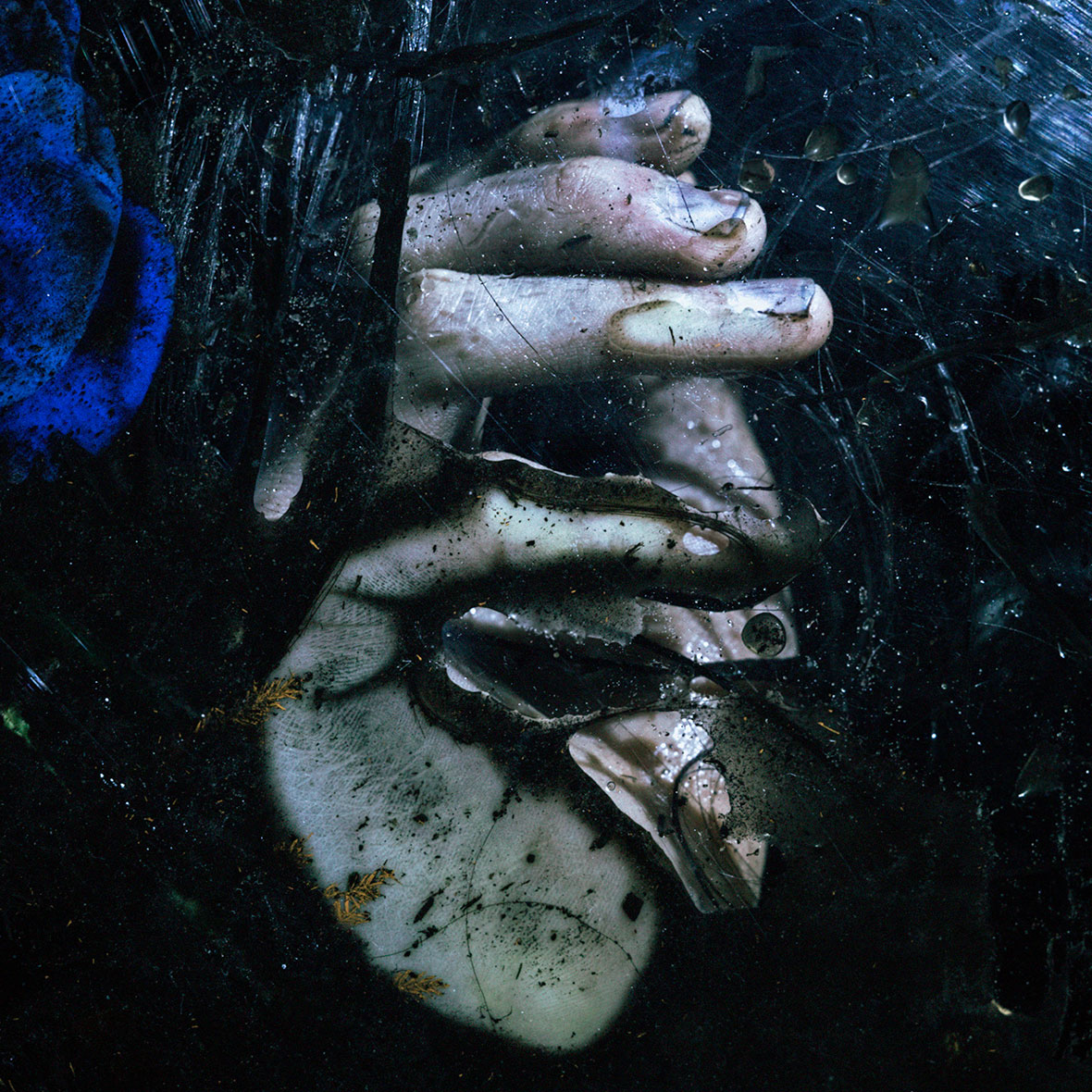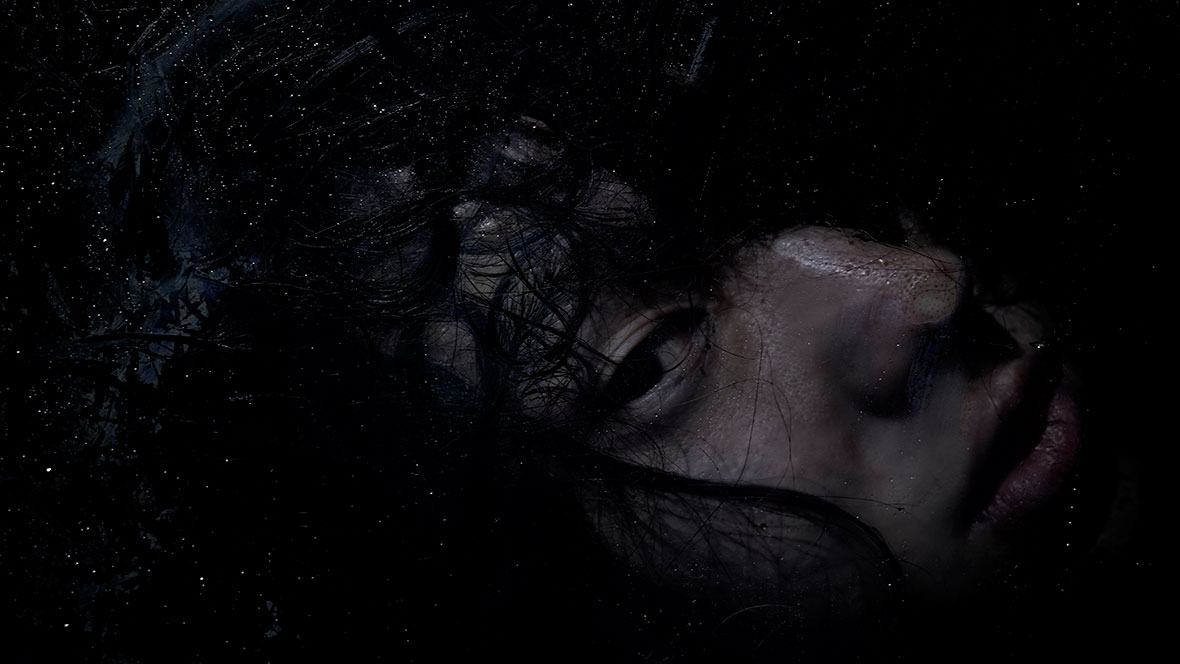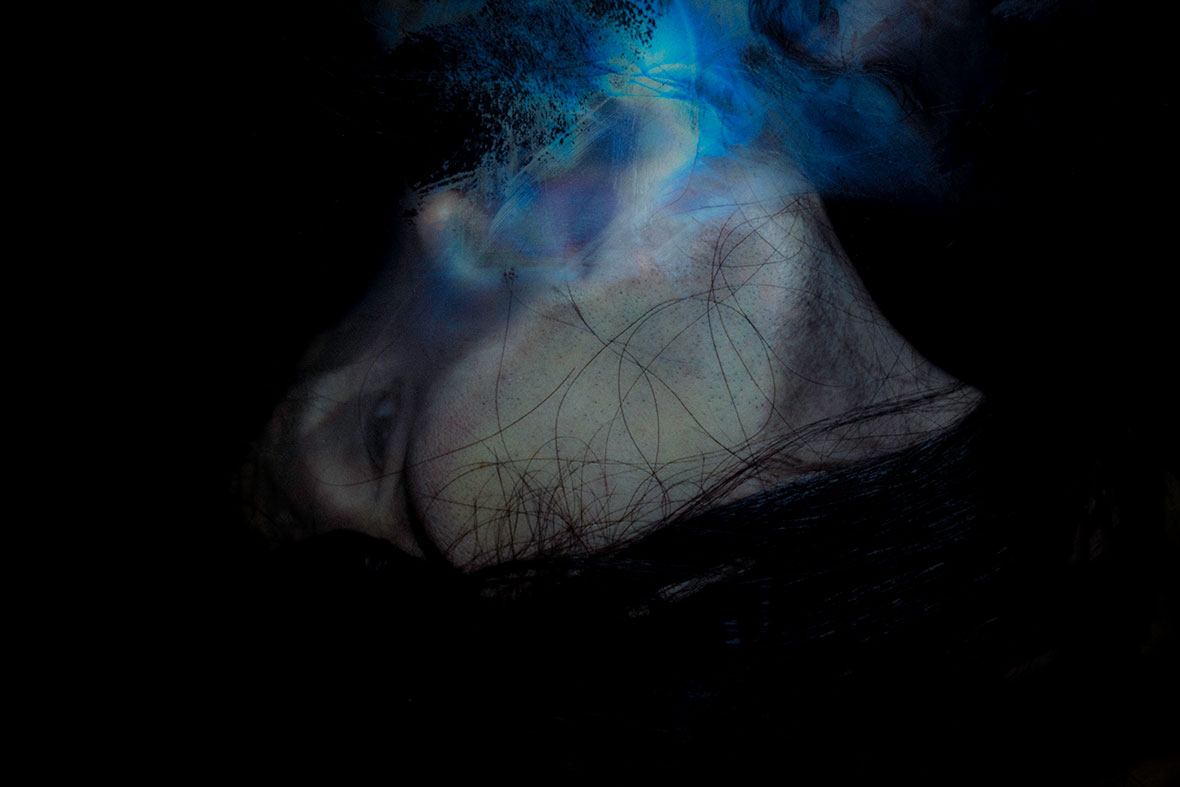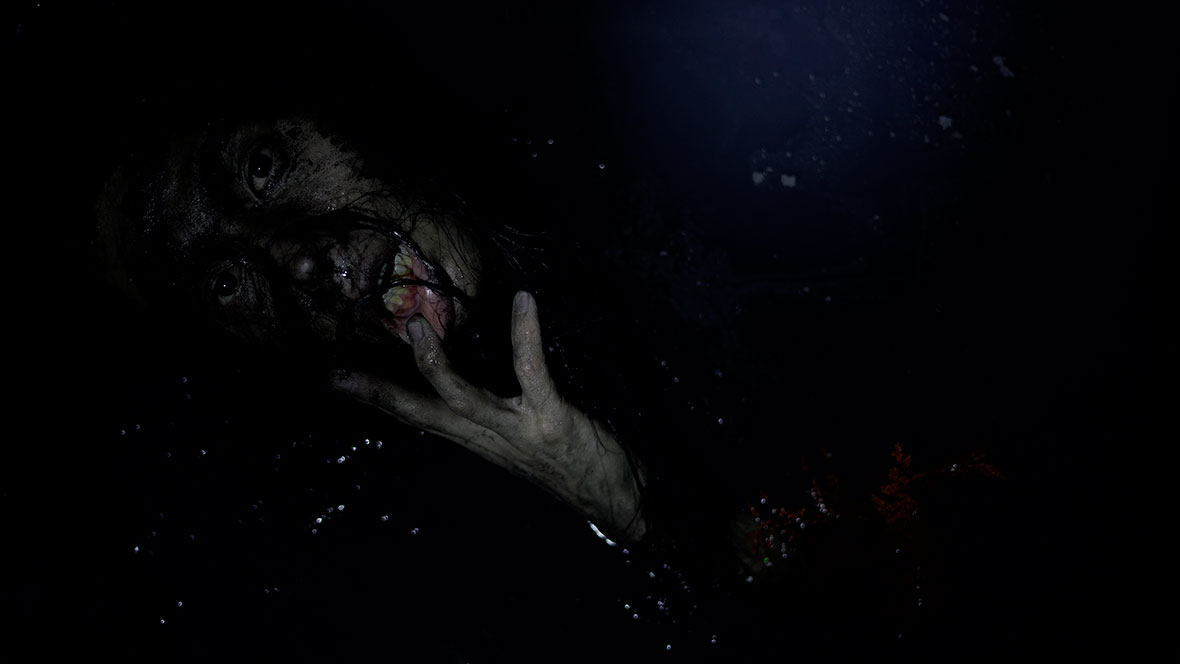无法观看?前往腾讯视频
You’ve probably seen her: a mannequin dressed in the latest fashion in a display window, a hostess greeting guests on a billboard, a model striking an alluring pose next to a luxury car. In 2015, Nils Clauss, a German artist who lives in Korea, was invited to contribute photos to a project titled City Welcomes You as part of the Typojanchi 4th International Typography Biennale. Looking for an unusual take on this theme, Clauss noticed the mannequins placed outside businesses around the city to attract customers. The resulting photo series, Plastic Welcomer, is dedicated to them.”Not only were all those mannequins female, they were also very scantily clad,” he recalls. “And their human traits were enhanced by an in-built rotation and speech mechanism. Regardless of their human features, they still felt fake, awkward and totally out of place in the city spaces they were placed into.”
Two years later, no less infatuated by these mannequins, he revisited the subject in Plastic Girls, a short film that, through scripted dialogue, gives voice to these inanimate figures.
你一定见过她:街头橱窗里穿着各色样衣的人台,广告牌边上站着迎宾的女模,站姿妖娆、与豪车并肩出列的车模……2015 年,长居韩国的德裔艺术家 Nils Clauss 受邀参加了一个图书项目,他以一系列照片来表达“首尔欢迎你”的主题,由此首先产生了摄影系列《塑胶迎宾者》(Plastic Welcomer)。那时,他就注意到了这些“塑胶模特”。“(它们)都是女性,而且衣着也很单薄,并且通过内置的程序,它们还可以旋转和语音播报,以增强它们的‘人性化’部分。” Nils 说,“但不管她们的人格特征如何,摆放在城市空间中,仍然让人感到很假、很笨拙,完全不能融入。”
后续两年中,Nils 一直在关注着这些被放置在营业场所之外、以吸引顾客的“假人”,《塑胶女孩》(Plastic Girls)短片应运而生。在短片中,他给这些模特加以音频,来试图赋予她们拟人化但想法。
Since he moved to Korea in late 2005, Clauss has experienced the differences in gender equality between Asian and European countries on a daily basis. “The longer I live away from home, the more I understand that the way a society is structured is deeply rooted within its culture and history,” he says. Yet the point of Plastic Girls is not to make fun of Korean society or its gender inequality.
“Despite references to Korean society and culture, I want to make more of a general statement regarding gender inequality,” he explains. For him, the focus of his film is the sexualization of public space, a more global tendency that deserves more attention. “By choosing plastic mannequins as the very peculiar subjects of the film, I intend to make the audience feel uncomfortable, but also give them enough room to reflect on this phenomenon on a conceptual level, rather than specifically within the context of South Korean society.”
自从 2005 年底移居韩国以来,Nils 一直在日常生活中感受到欧亚国家在处理性别问题上的差距。“我离家的时间越长,我就越能真正地了解一个社会的结构方式,早已深深植根于其文化和历史中。”但《塑胶女孩》并非旨在讽刺韩国社会和它的性别不平等现象。
“尽管提到了韩国社会和文化,但我还是想对性别问题做一个更普遍的陈述。” Nils 表示道。他认为,电影的焦点是公共空间的“性别臆想”,这其实说明了一种更为全球化的趋势,这应当引起人们的关注。“选择塑胶模特作为影片主角,我旨在让观众感到不适,但同时也试图给他们足够的空间,去从概念上而不是在韩国背景下反思这种现象的产生。”
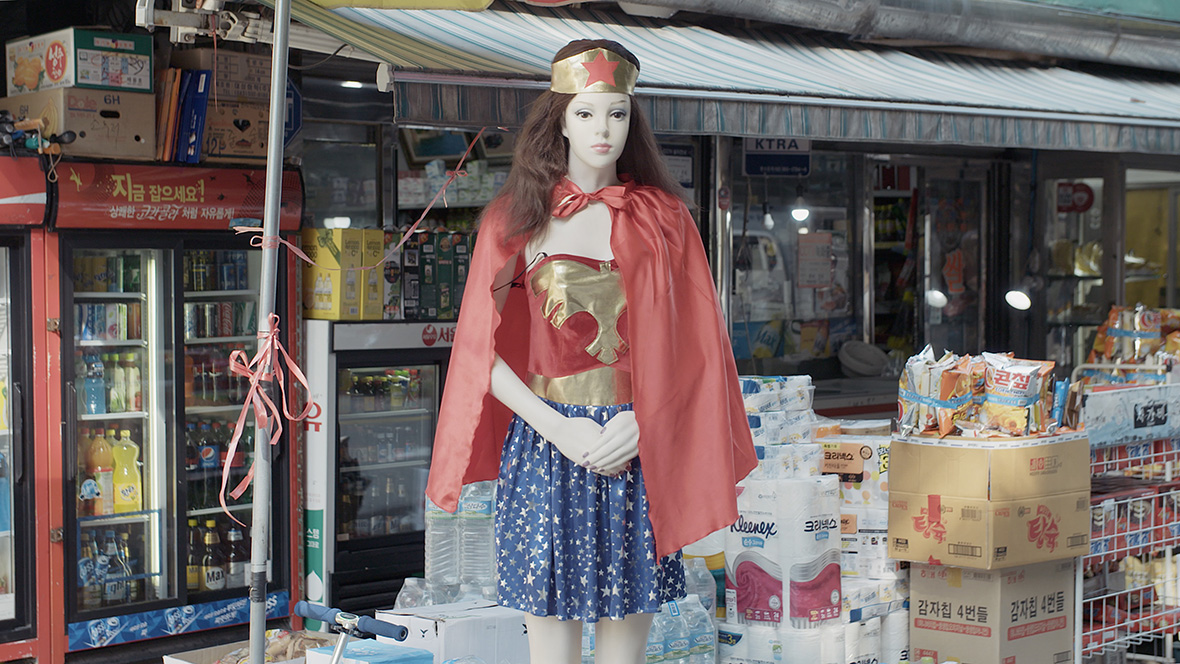

Udo Lee, who composed the theme music for Plastic Girls, has a research background in gender studies and played an important role in Clauss’s creative process. “Before Plastic Girls, I never directly addressed gender issues in any of my previous films, and had it not been for Udo, this film could have easily taken a different direction,” he says. A male perspective like Clauss’s may not be the most obvious way to criticize the male gaze. Yet he sought to create a strong visual relationship between the audience and the mannequins, the same relationship that we as passersby on the streets have every day with the models and mannequins in advertisements, at service desks, and in display windows. “I want the audience to understand that Plastic Girls is not a stereotypical display of female body parts but illustrates how the male gaze is supposed to interact with those plastic mannequins in a public space simply for the sake of commerce,” he says.
“I really hope that this film speaks to an international audience and not only makes us look at gender misbalances in Korea, but allows us to reflect on how the culture produces a certain view of women in general, and how we think about the ongoing trend of the sexualization of public space.”
这部电影的音乐作曲家 Udo Lee 具有性别文化的研究背景,在 Nils 创作过程中也发挥了重要作用。“在《塑胶女孩》之前,我从未在电影中直接谈到过性别问题,如果不是 Udo 的话,这部电影很可能会朝着不同的方向发展。” Nils 说。理论上讲,以男性的身份拍摄,再去批评男性的视角是无法成立的。但对于这部短片来说,Nils 说他是想在观众和模特之间建立一种牢固的视觉关系——这种关系,也正是我们身为路人,每天和广告里、服务台、展示柜上人体模特之间发生的关系。“我想让观众了解,《塑胶女孩》不是对女性身体部位的定型展示,而是想说,为了商业目的,男性的目光应该如何与公共场所的那些模特互动。”
“我确实希望这部电影能够与国际观众交流,不仅让我们了解韩国的性别失衡现象,而且使我们能够反思社会文化是如何产生这种性别差异的;并且形成对女性的总体看法,以及我们如何看待公共空间性别化的持续趋势。” Nils 如是说。
